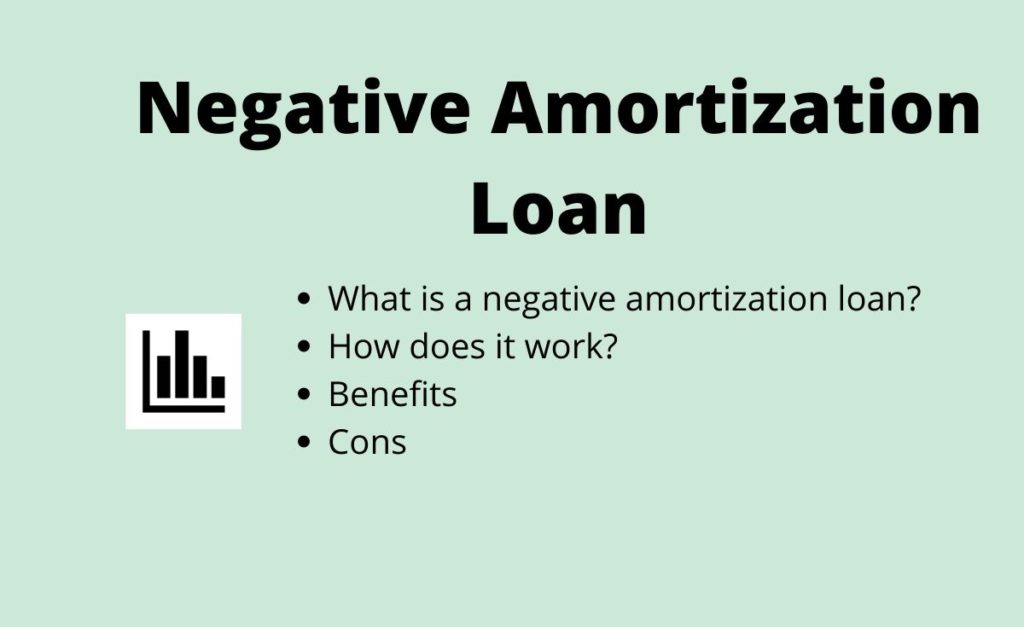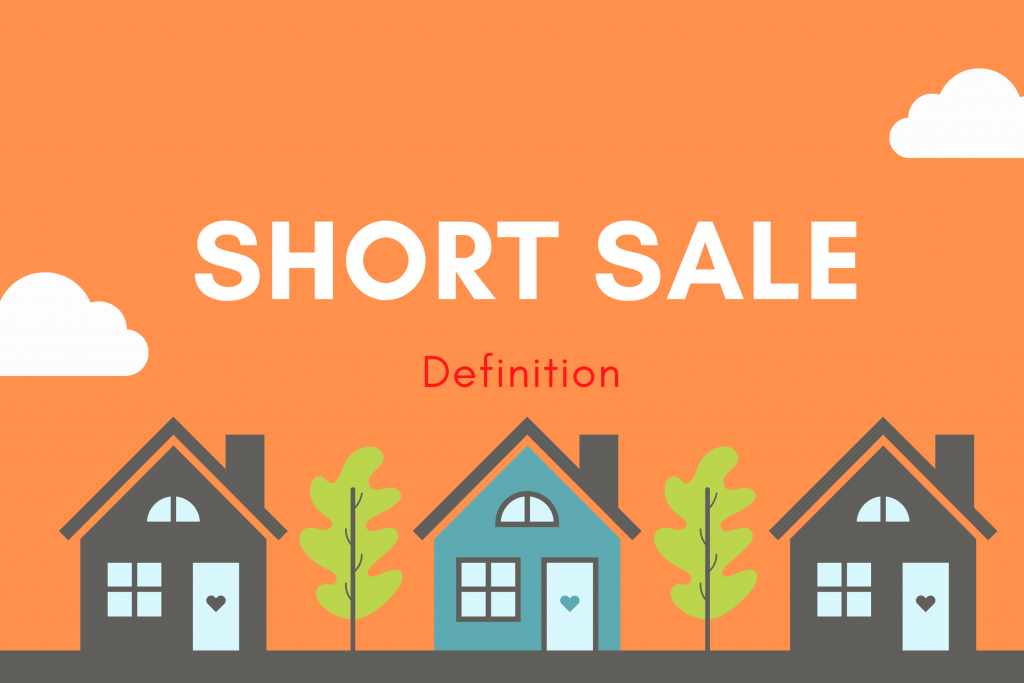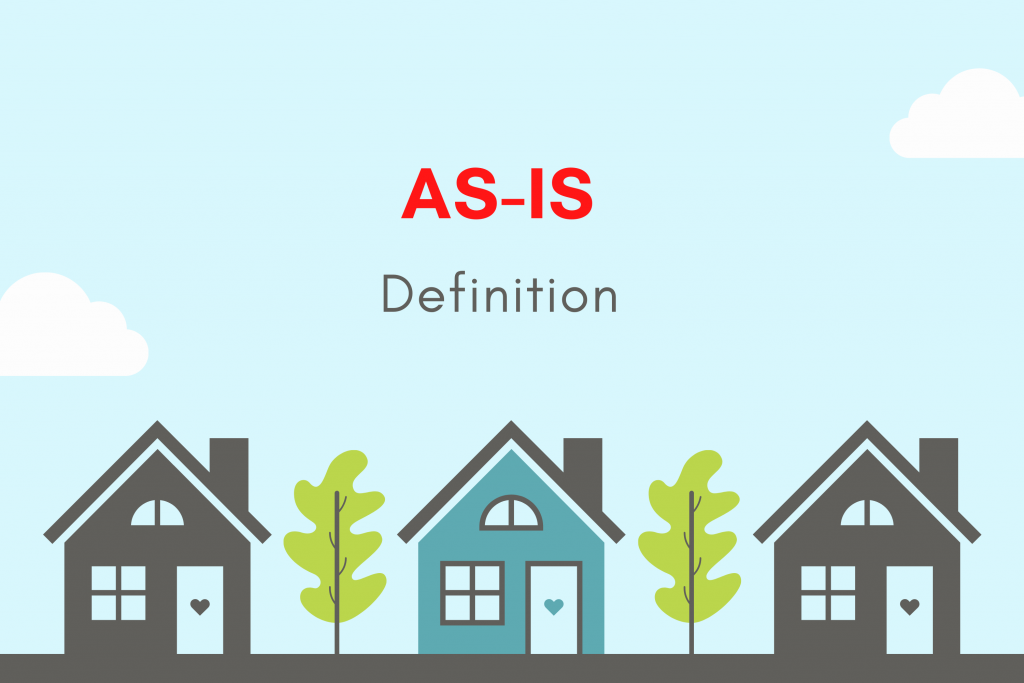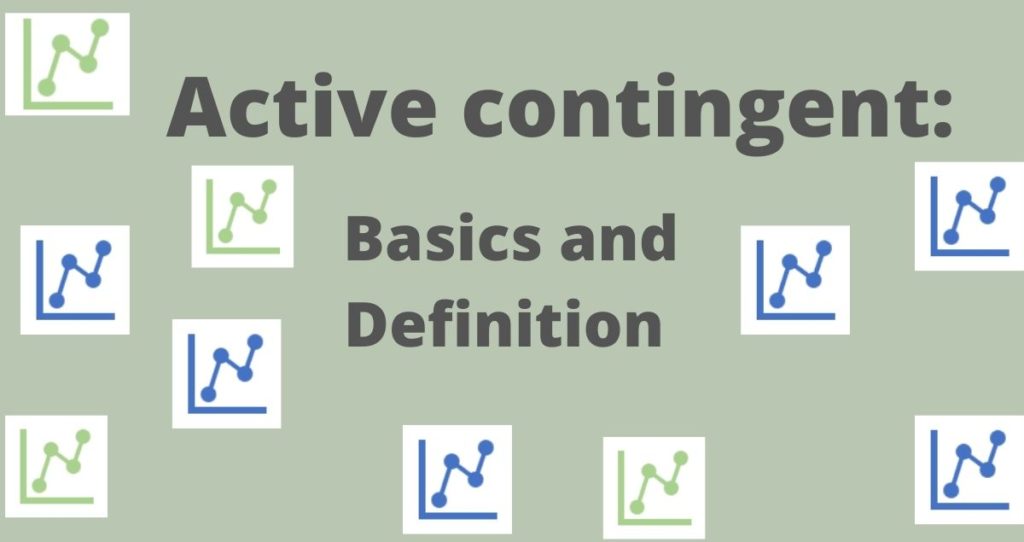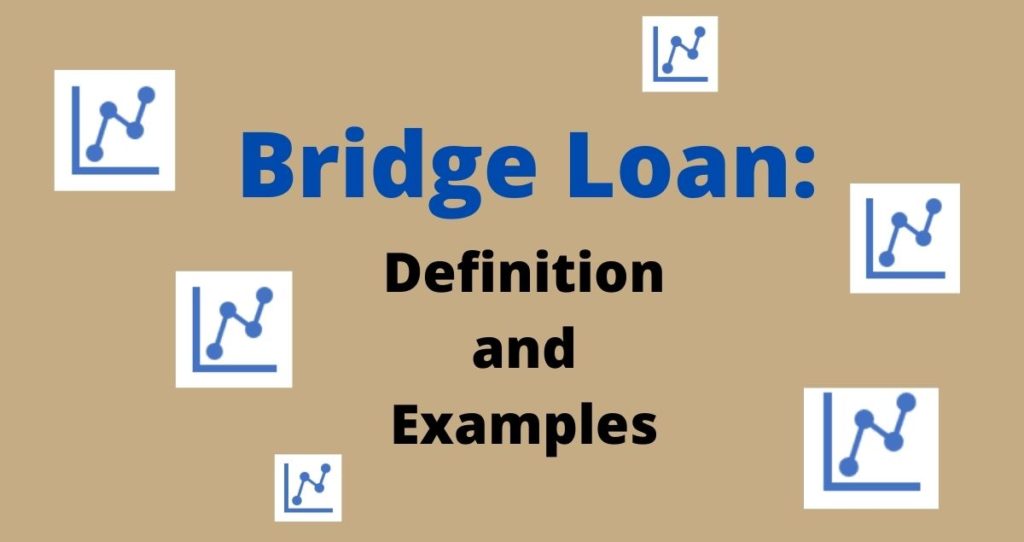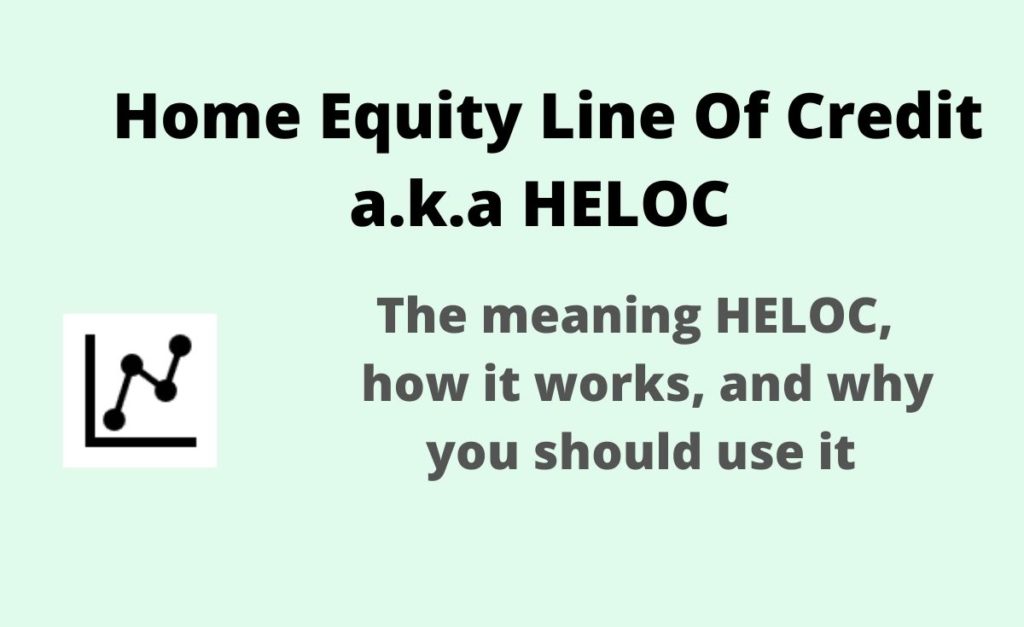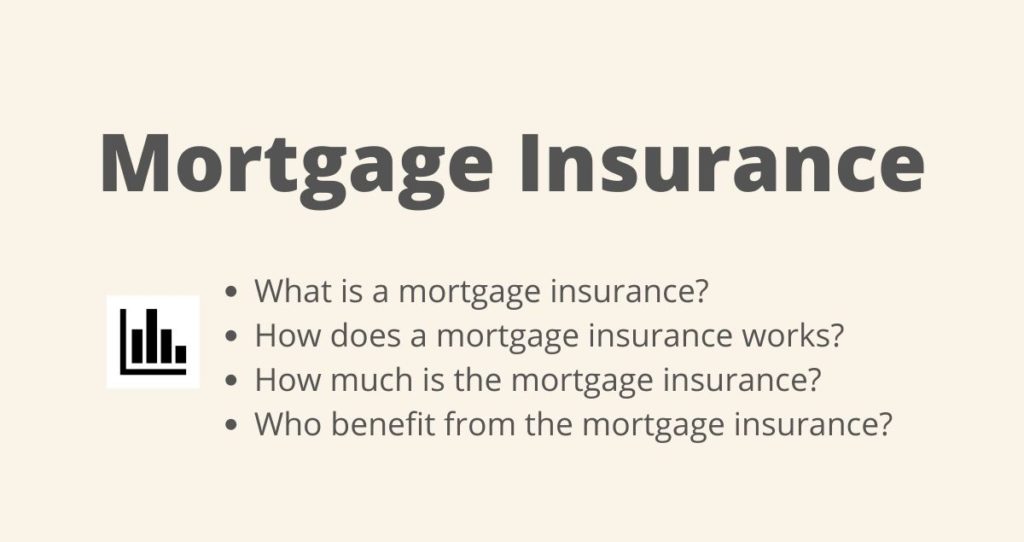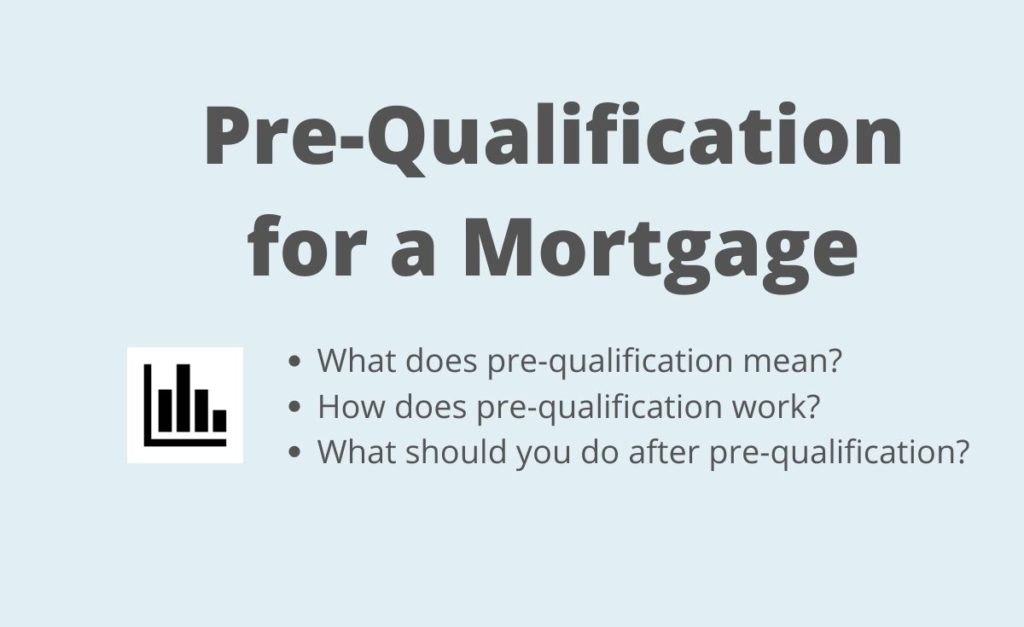What does negative amortization mean?
A negative amortization loan is a loan that lets the borrower makes a minimum payment that does not cover the interest charges on the loan, according to the Consumer Financial Protection Bureau (CFPB). With this method, the amount owed to the lender increases every month since the unpaid portion of the interest will be added to the loan principal.
How do amortization and negative amortization work?
After getting a mortgage, you will have payment structures that will allow you to make monthly payments. These payments will cover a portion of your mortgage principal and the total interest charges. This is what amortization means and it helps you reduce the amount you owe to the lender every month.
What if you cannot make enough payments to cover the loan principal and the interest?
If you are unable to make enough payment to cover the principal and the interest, your lender can let you have a negative amortization loan if you qualify for this type of loan. This means that you will be allowed to pay a portion of the interest rate instead of the entire required monthly payment.
>>MORE: Amortization Definition
Since you are not making enough payment to cover the interest rate, the remaining portion of the interest will be added to your mortgage principal. As a result, the money you owe the lender will increase every month. Your lender will give you a specific time frame for the negative amortization loan. After this time, you will be required to make appropriate payments that will cover both interest and the mortgage principal.

Pros of negative amortization loan
Buyers who use negative amortization loans are the ones who have intentions of selling the home. This loan is also good for those who choose to invest their money instead of making loan payments.
The first case is related to people who buy houses and sell them right away. A good example can be people who flip houses for a living. These investors usually do not keep the house for along time. So, they apply for a negative amortization loan and try to sell their houses before the negative amortization period ends. This trick helps them save money on interest, and therefore, maximize their return on investment.
The second case is those who want to invest their money into high return investments. For example, if there are stocks, ETF, or other investments that will yield you a higher return than the interest you will owe on the mortgage; you can apply for a negative amortization loan and invest the money you are not paying.
>>MORE: Simple Interest Definition
Cons of negative amortization loan
The biggest problem with a negative amortization loan is the exponential increase of the loan principal. Since you are not paying enough to cover the interest charges, the unpaid portion will be added to your loan principal.
This value will go up to a level where the money you owe will be much higher than the value of the house. Once this happens, it will be difficult to pay off the loan.
>>MORE: Compound Interest Definition
In addition, it will be difficult to sell the house since no one will want to pay more money beyond the market value of the house.
Furthermore, due to a large monthly payment, you could fall behind on your payments and lose the house in a foreclosure.
